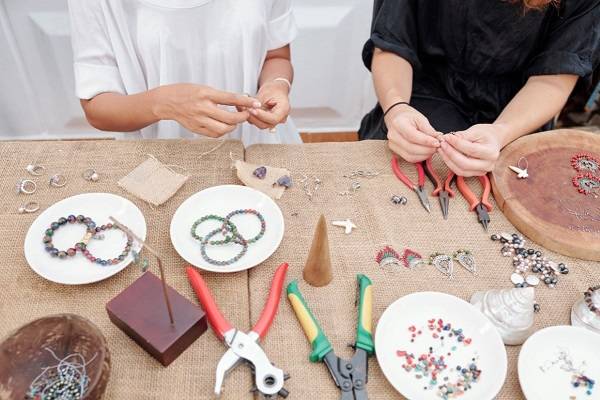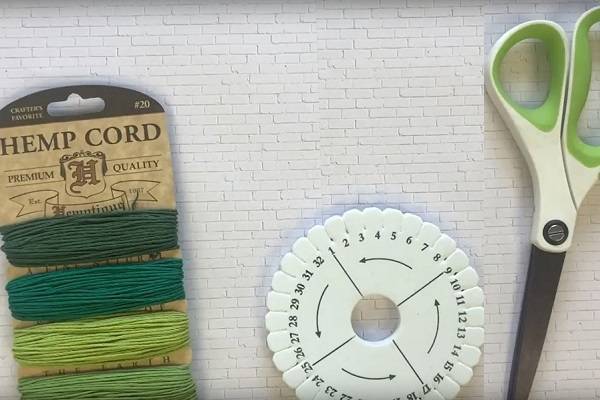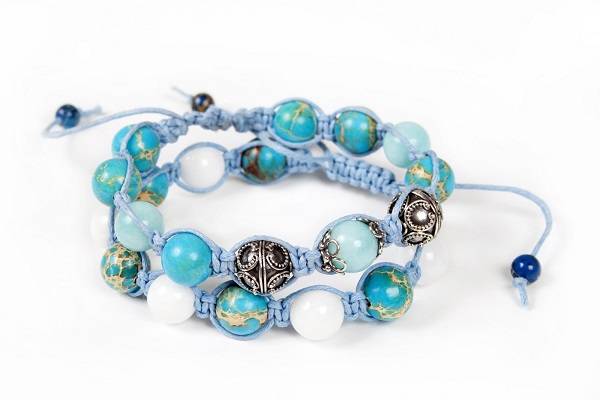Jewelry Making Pliers Guide for Beginner Crafters
Not Sure Which Pliers to Use For Jewelry Making? Find Out the Best Tools For Wire Wrapping, Cutting, and Shaping

Innovation & Quality
Developing and supplying premium-quality, sustainably grown, consumer products
100% Natural
Organically Grown and Ethically Sourced
hemp and other natural fiber products
Shipping
We offer fast shipping
Your order out within 1-3 days
Wholesale
Visit our wholesale portal to register or login to your account
Hemptique: Your Online Destination For Jewlery Making Cord Supplies
What Are Jewlery Pliers & How Are They Used In The Design Creation Process?
Types of Jewelry Pliers
Round Nose Pliers

Side Cutters

Chain Nose Pliers

Flat Nose Pliers

Specialty Pliers
Crimping pliers – This hand tool is used to secure a bead or clasp onto the wire by crushing a metal crimp. Although some other types can also be used for crimping, these specialty ones give a much better and neater finish, so you may consider purchasing a pair of these.
Round nose rosary pliers – It’s combination of side cutters and round nose pliers used for making loops and curves, but also for cutting cord or slicing chain.
Half round pliers – This would be a fantastic addition to your basic set. They have one half round jaw, used for crafting curved shapes, while the other, half flat jaw serves to reduce scratches. Apart from making rings, you can also use them for forming hooks and wires for earrings.
Jewelry Pliers For Beginners
How To Choose The Right Type: Things To Consider
Type & Size
Material
Handles
Cost
Springs
Comfort
- Good posture – Always maintain proper body posture (sit upright, back straight, shoulders relaxed) and keep your wrist in neutral position
- Take frequent short breaks - Remember to take a short break every 30 minutes or so to relieve muscle tension and rest your hands
- Stretch your hands – Before and after crafting sessions, stretch your hands and wrists
- Ergonomic tools – Choose tools that are ergonomically designed to reduce risks of injuries
- Keep your workspace at comfortable height – To minimize bending of your wrist, make sure your work surface is set to suitable height.

Cleaning & Caring Tips
- Cleaning – After each use, remove dirt and debris using clean piece of cloth.
- Treatment against rust - Apply anti-rust spray or a small amount of oil to the jaws. This is particularly important step if they are made of carbon steel.
- Storing - Store in a dry, moisture-free environment to prevent rusting.
- Proper use – Avoid using them on hard surfaces which can deform and damage the jaws.







